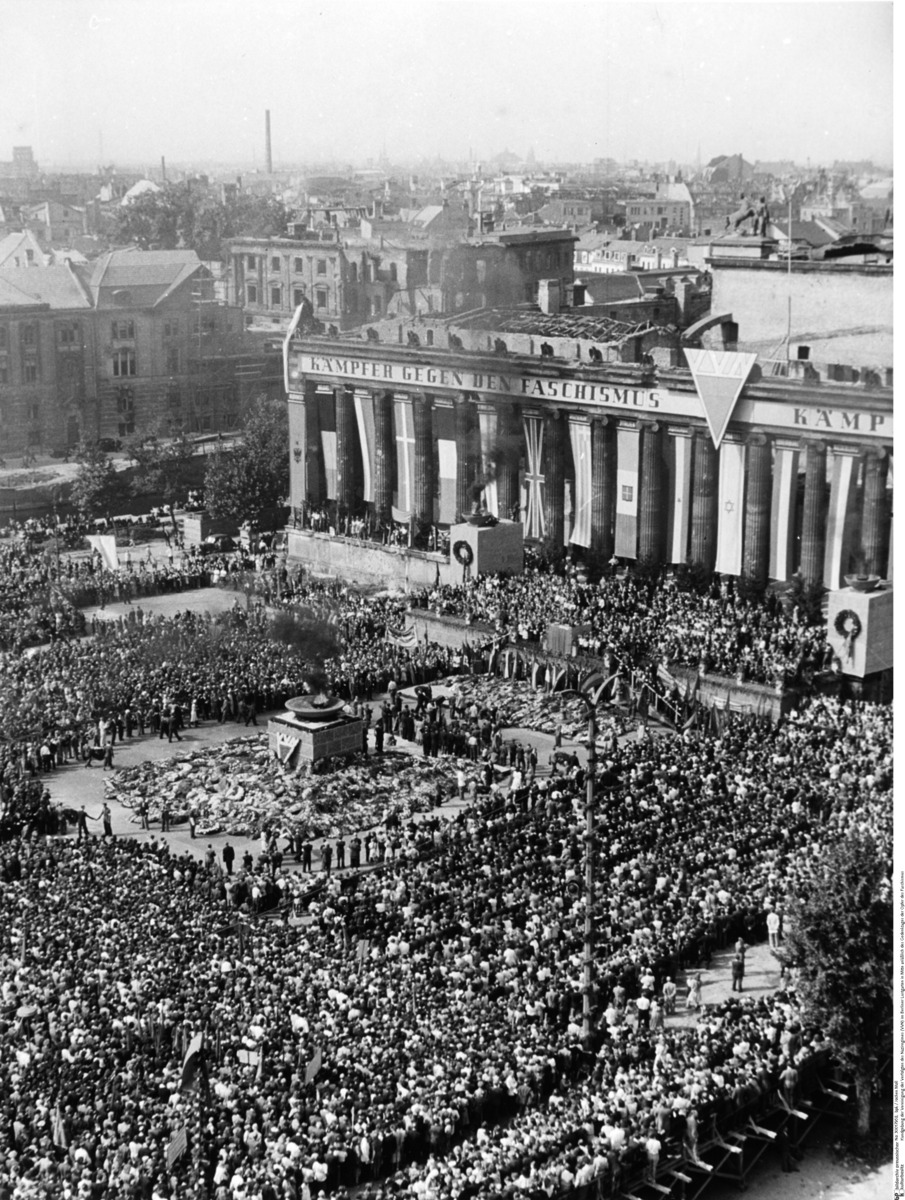Abstract
In June 1945, only a month after the end of the war, concentration
camp survivors founded the first prisoner committees as well as the
committees for the victims of fascism [Opfer des Faschismus or ODF].
From these emerged the regionally-based Association of Victims of the
Nazi Regime [Vereinigung der Verfolgten des Naziregimesor VVN], which
united at a meeting in Frankfurt in March 1947 to become the national
VVN Council [Rat der VVN] . Reflecting the general anti-fascist
consensus that prevailed in the Soviet occupation zone, the VVN was an
ideologically mixed organization: its deputy chair, Heinrich Grüber, was
a Protestant pastor and former concentration camp inmate. Nevertheless,
the association’s Communist members increasingly relegated
non-Communists to the sidelines. Additionally, antisemitic agitation
during the Slansky affair in 1952 – which was dressed up as
“anti-Zionism” – prompted many Jewish members of the VVN to leave the
GDR for the West. The VNN was finally dissolved in February 1953; in the
GDR, it was replaced by the Committee of Anti-Fascist Resistance
Fighters [Komitee der Antifaschistischen
Widerstandskämpfer].
In addition to establishing the committee for the “Victims of
Fascism,” the Berlin Magistrate also declared September 9, 1945, a
memorial day for the victims of National Socialism. The first
commemorative celebration was held at Werner Seelenbinder Arena. (The
arena had originally been called Neukölln Stadium, but was renamed after
the well-known Communist resistance fighter.) In the following years,
the commemorative events were held in Berlin’s Lustgarten. The VVN
participated in the events for the first time in 1947.
